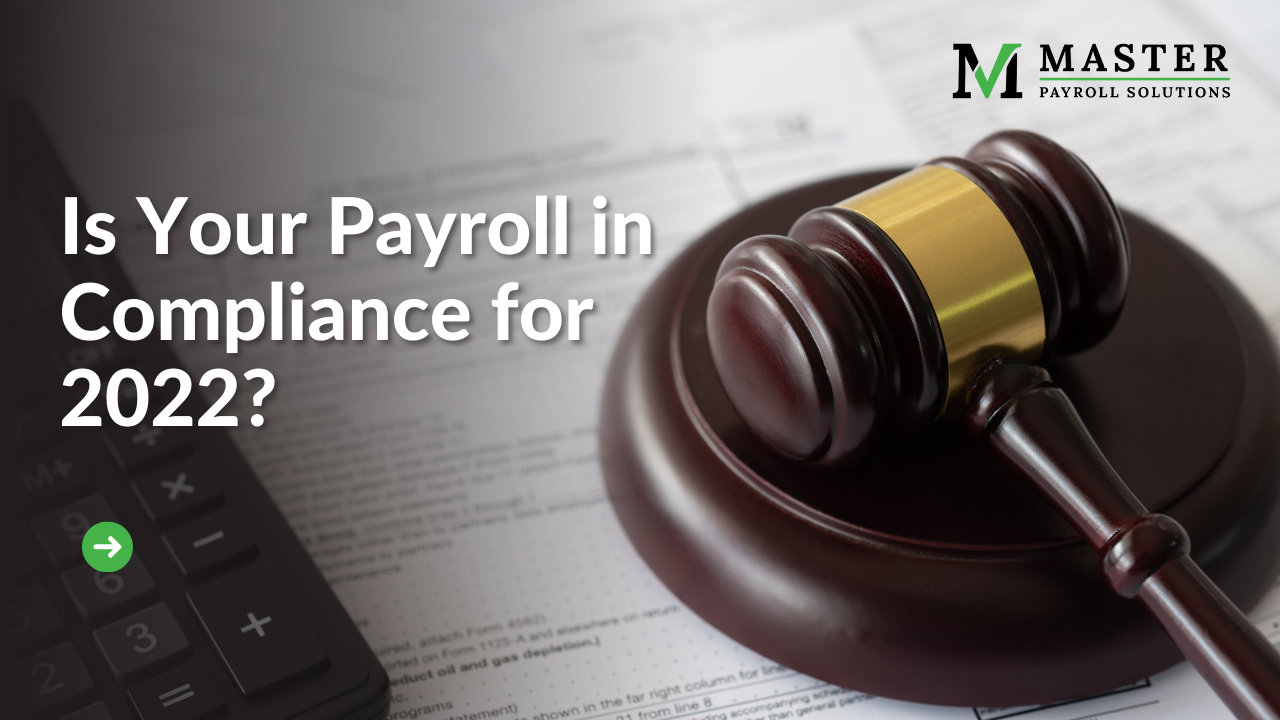There’s a lot to think about, particularly for small business owners, when you decide how you want to be paid. We know you love what you do, but you still need to make a living!
Will you wait until your business is profitable before you pay yourself? Will you make a salary? OR will you take an owner’s draw?
The best way to pay yourself will depend on a number of factors, including your business structure, personal financial needs, and tax implications you’re willing to take on.
We’ll explore a few of the options available to business owners below.
What is the difference between a salary and an owner’s draw?
There are two ways to pay yourself: a salary or an owner’s draw. Each has pros and cons you should be aware of before deciding which option is best for you and your company.
The main difference between a salary and an owner’s draw is that a salary is a set amount an owner designates to pay themselves at every pay period. On the other hand, an owner’s draw is taken by the owner of a business for personal use. These draws can occur at regular intervals or intermittently.
Let’s dive a little deeper.
Salary
While it may be tempting to grant yourself a generous salary, it’s important to keep in mind that it must fall within the limits of Reasonable Compensation as defined by the IRS. Once you’ve established what that means for you, you can set a salary that allows you to live comfortably while still leaving room for profit.
Another thing to consider when taking a salary is how it will be taxed. Your salary will be subject to income tax as well as Social Security and Medicare taxes deducted automatically. These taxes can add up, so it’s important to factor them into your budget.
While a salary can provide added stability, it can present possible cash flow issues should your business have a slow month.
Owner’s Draw
When we talk about taking an owner’s draw, we really mean one of two things – drawing funds as salary or receiving reimbursement for funds previously contributed to the business.
With the ability to choose your withdrawal amount, an owner’s draw allows for greater flexibility, but it also reduces your business equity. Without proper bookkeeping, it is possible to lose track of your draws which could land you in hot water should you need funds for business spending in the future.
Paying yourself as a sole proprietor, partnership, LLC, or corporation
Business classification is an important factor in deciding how to pay yourself. Each business structure has its own regulations and will affect how your pay is taxed.
Here’s a breakdown of the most common business structures and how you can pay yourself as an owner.
Sole Proprietorship
It’s important to note that if you’ve never completed paperwork to establish your business structure, you are automatically classified as a sole proprietor.
Most sole proprietors prioritize flexible cash flow and, as such, opt to pay themselves through an owner’s draw. For this reason, you may also hear this type of business structure referred to as a pass-through entity – because profits and losses pass directly through to the owner.
As a sole proprietor, you report business income or losses on your personal tax return. This means that any salary or owner’s draw you take will be subject to personal income tax.
Partnership
If your business is a partnership, you and your partners will need to decide how to split profits and pay yourselves. This typically reflects the percentage each party initially invested but can differ depending on your specific agreement. Partners can choose to receive a salary, take an owner’s draw, or receive a combination of the two.
As with sole proprietorships, profits and losses are reported on each partner’s individual tax return. This means that salaries and draws are subject to personal income tax and self-employment taxes.
S-Corps or C-Corps
A corporation is a business structure that offers limited liability protection to its owners. When you incorporate, you create a separate legal entity from yourself. This means that your personal assets are protected if your business is sued or incurs debt.
There are two types of corporations – C corporations (C-Corps) and S corporations (S-Corps). As the owner of a C-Corps, you must take a salary. You cannot take an owner’s draw with this type of entity. In an S-Corps, however, owners can choose a salary as well as take dividends. It’s important to keep in mind, that the owner must have enough equity to take said dividends.
C-Corps owners pay taxes on their business income as well as personal income tax on their established salary. S corporation owners only pay taxes on their salary – any profits passed through to them are not taxed.
LLC
An LLC (limited liability company) is a business structure that offers the limited liability protection of a corporation without all the formalities. This means that an LLC can be more tax-efficient than a corporation because it is not subject to double taxation.
LLC owners can choose to be taxed as a sole proprietor, partnership, or corporation. This means that you can take a salary, owner’s draw, or combination of the two – just like with a sole proprietorship or partnership.
How much should you pay yourself as the owner of your own business?
Now that you have an understanding of how to pay yourself, it’s important to know how much is appropriate. When it comes to salary, there aren’t any hard-and-fast rules, but you’ll want to make sure you’re paying yourself a fair market rate. You can use online tools like Glassdoor or Payscale to get an idea of what people in your industry are making. The only stipulation, as we’ve stated before, is to ensure that your proposed salary lies within the Reasonable Compensation as outlined by the IRS.
Other considerations for paying yourself as a business owner
Personal Expenses
How much do you need to sustain a comfortable living situation? This will, of course, be unique to you and your situation. However, you’ll want to make sure that you are able to cover all of your personal expenses with your salary or owner’s draw. Create a realistic forecast of your expenses to get a 3-dimensional view of how much you need.
Business Expenses
Especially when we first begin running a business, we don’t always shave a realistic overview of what it will cost. From office supplies and marketing costs to inventory and employee salaries (if applicable) – there are a lot of factors that contribute to the bottom line. Make sure you have a handle on all of your business expenses before deciding how much to pay yourself.
If you’re hesitant to leave things to chance, and you should be, the best thing you can do is contact a tax and payroll specialist to ensure you’re maximizing wage and other benefits for your business classification. Master Payroll Solutions has worked with Utah businesses for many years to protect and help them grow. Would you like expert guidance in making the right decision for your needs? Schedule a complimentary consultation to speak with one of our tax and payroll specialists.






